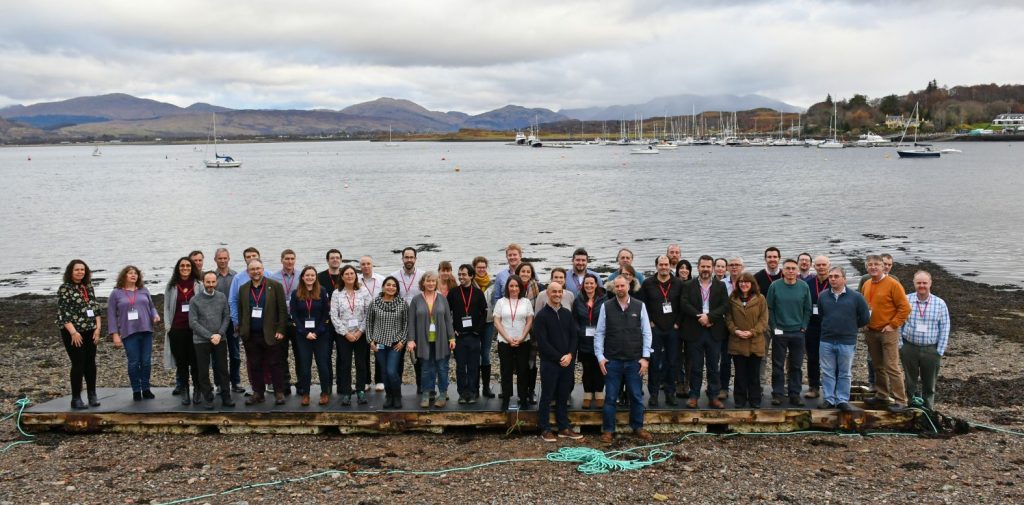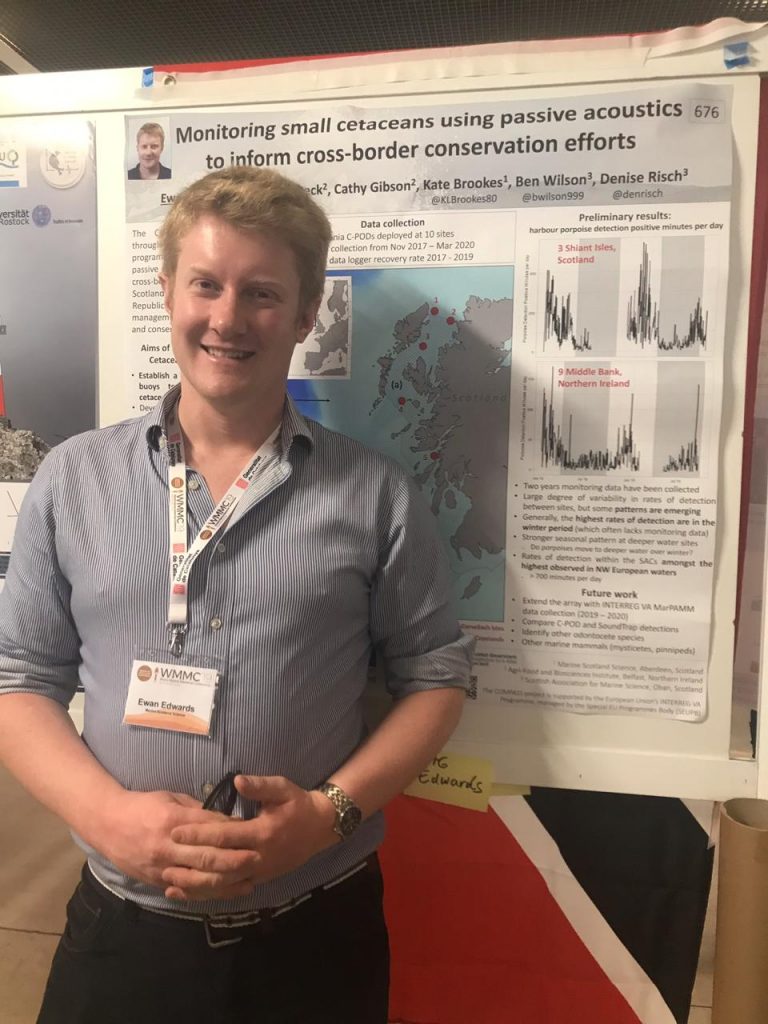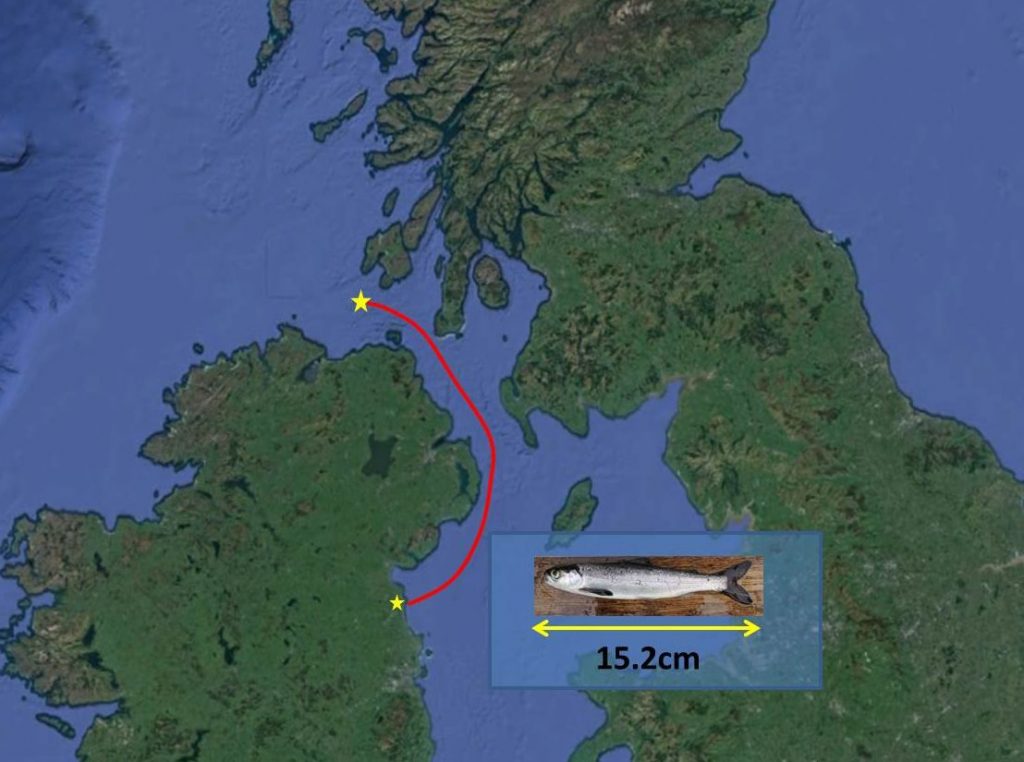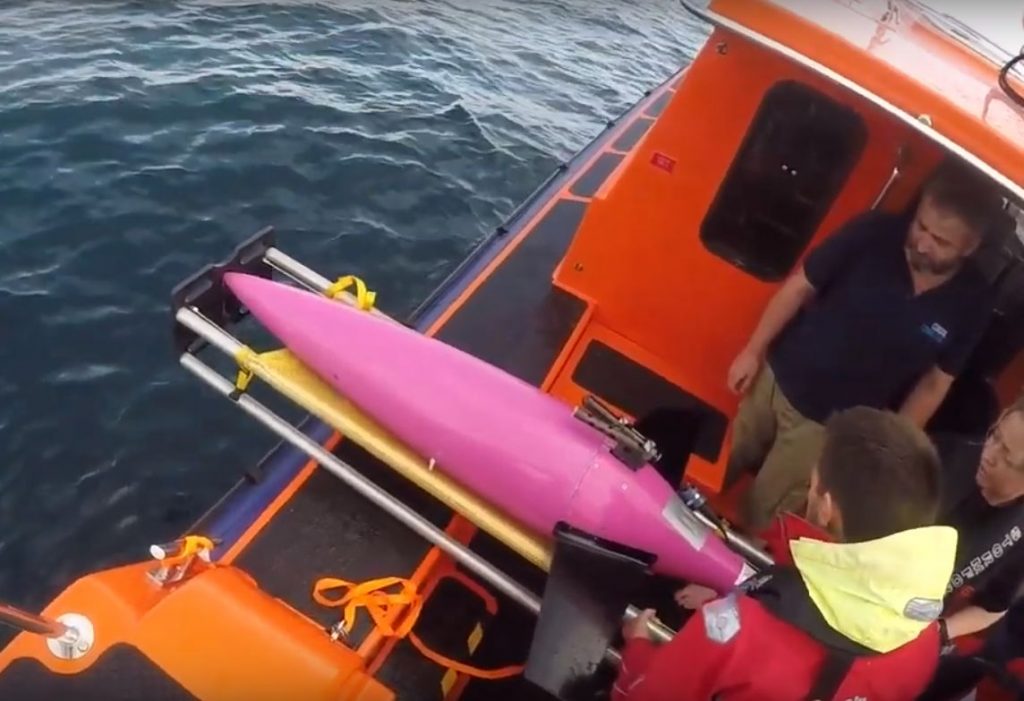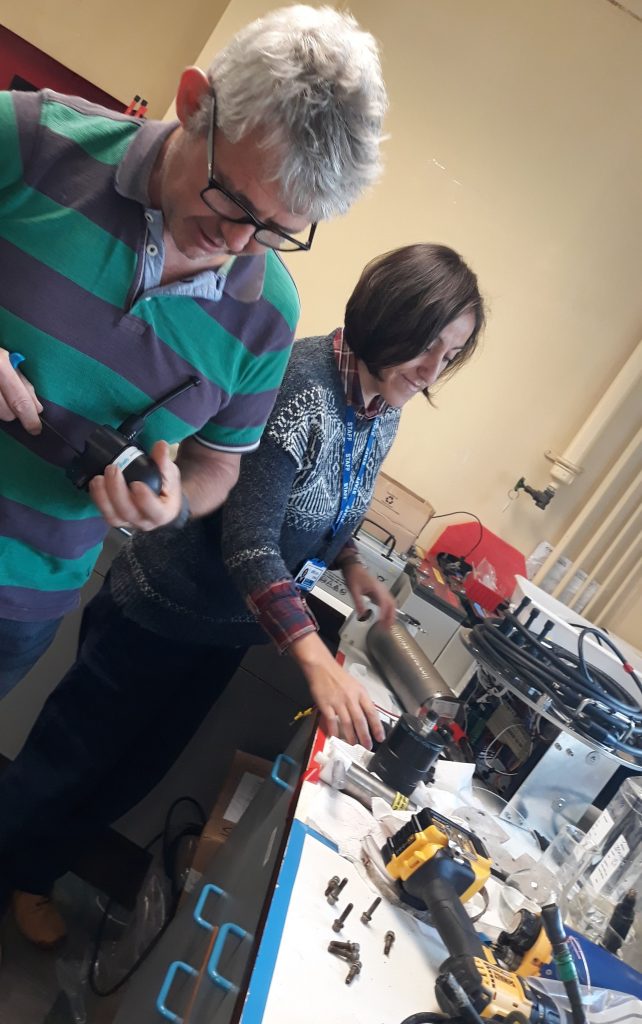The Data Management team has been busy this year with a cavalcade of activities. First up, back in February 2020, the data management lead, Marine Institute facilitated a workshop, hosted by the British Oceanographic Data Centre (BODC) at their headquarters at the University of Liverpool’s campus.
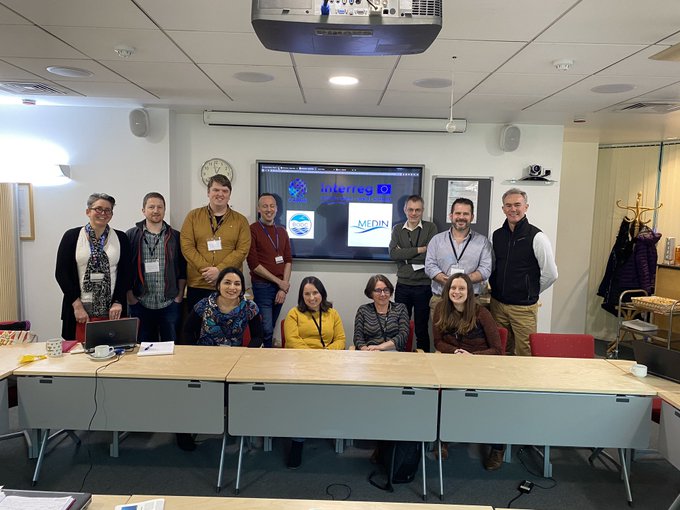
The workshop covered a broad range of talks on the challenges and opportunities of data management afforded by the COMPASS project. The workshop discussed issues facing data management today and was well attended by colleagues from both sister INTERREG projects (MarPAMM & SeaMonitor) as well as representatives from BODC, NOC (National Oceanographic Centre), and MEDIN (Marine Environmental Data & Information Network).
Next, as we all came to terms with our new normal under Covid-19 restrictions, the team was fortunate enough to be invited to present on the cross-border cooperation in data management which is at the heart of the COMPASS project at the Euro Geoscience Union’s virtual conference held in May 2020.
Andrew Conway and Adam Leadbetter from Marine Institute gave presentations on developments in the processing of data particularly with the volumes produced in projects such as COMPASS and also on the harmonisation of data management particularly when dealing with partners from various jurisdictions.
Away from those events, the data management team has been working hard behind the scenes, processing, collating and preparing data for our new data portal on the COMPASS website – stay tuned to our social feeds in the autumn to see more…
Check out the project twitter account @Compass_MPA

